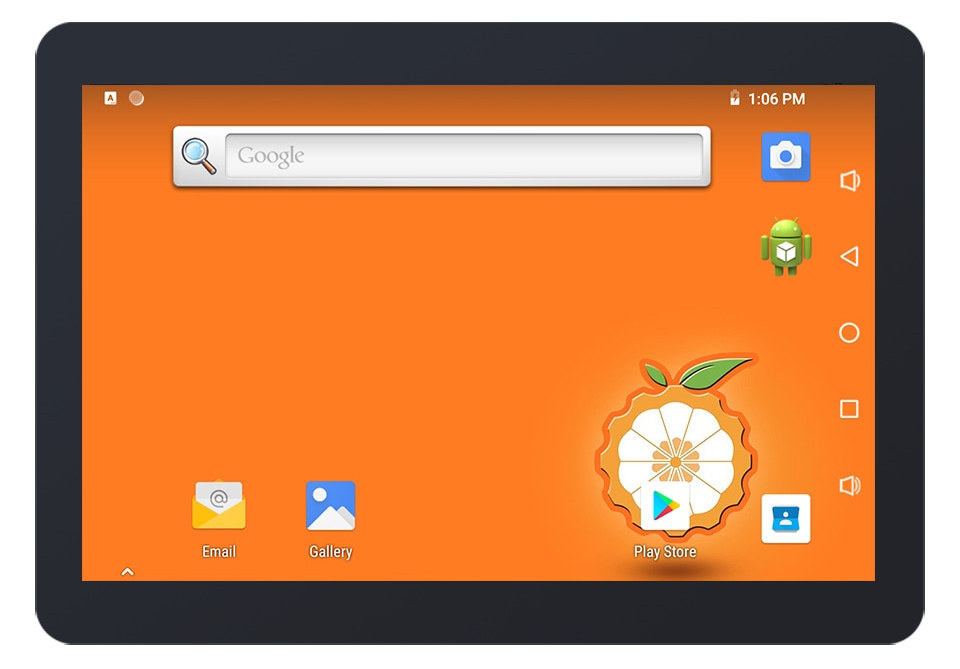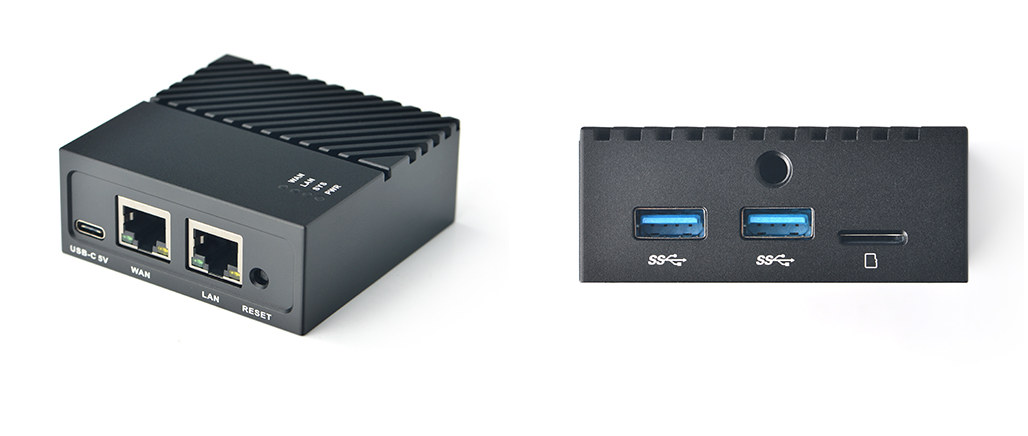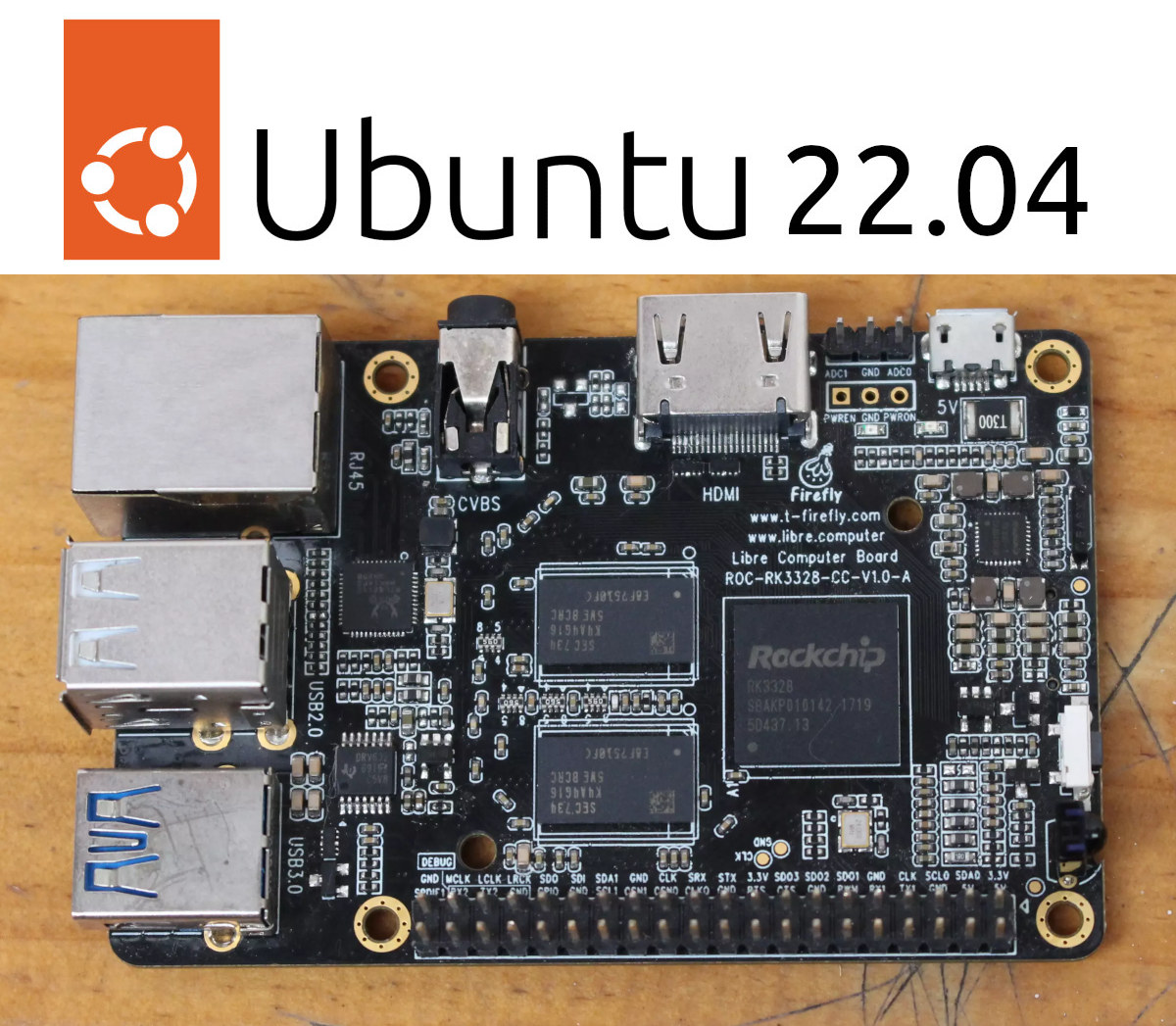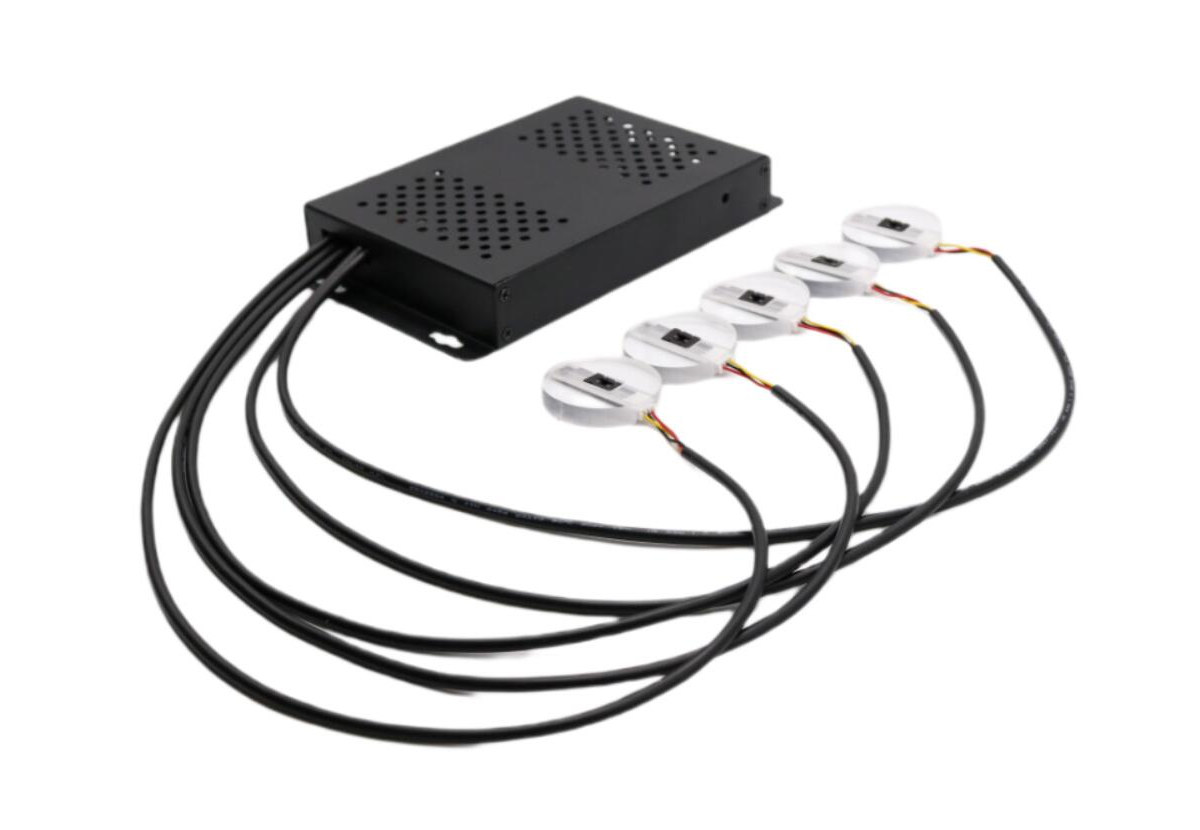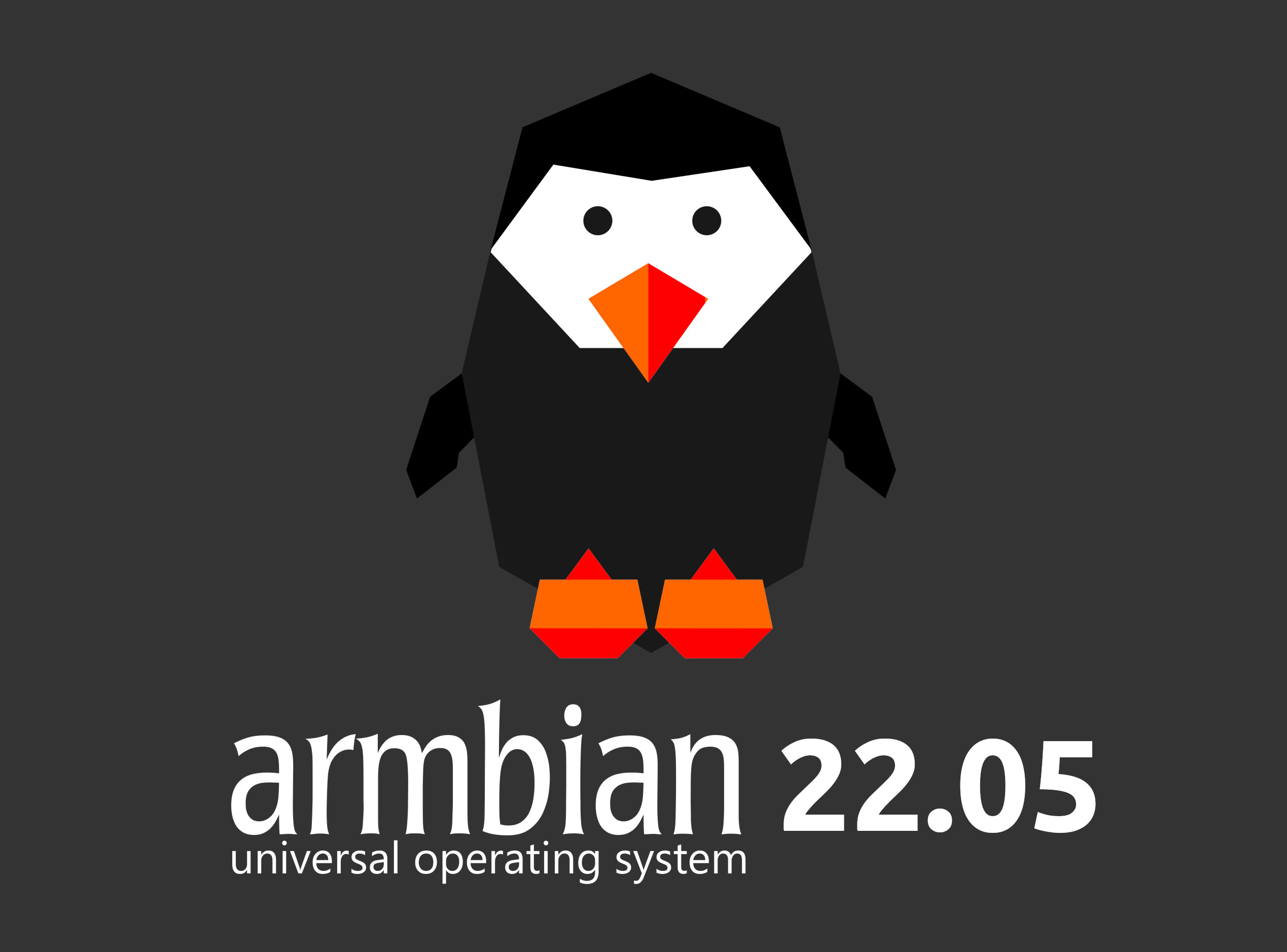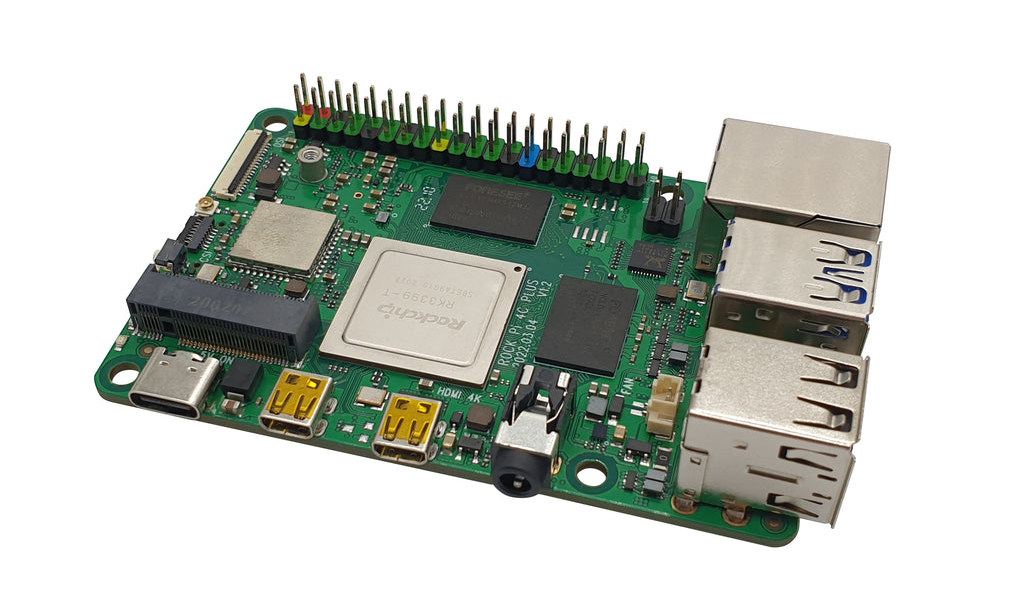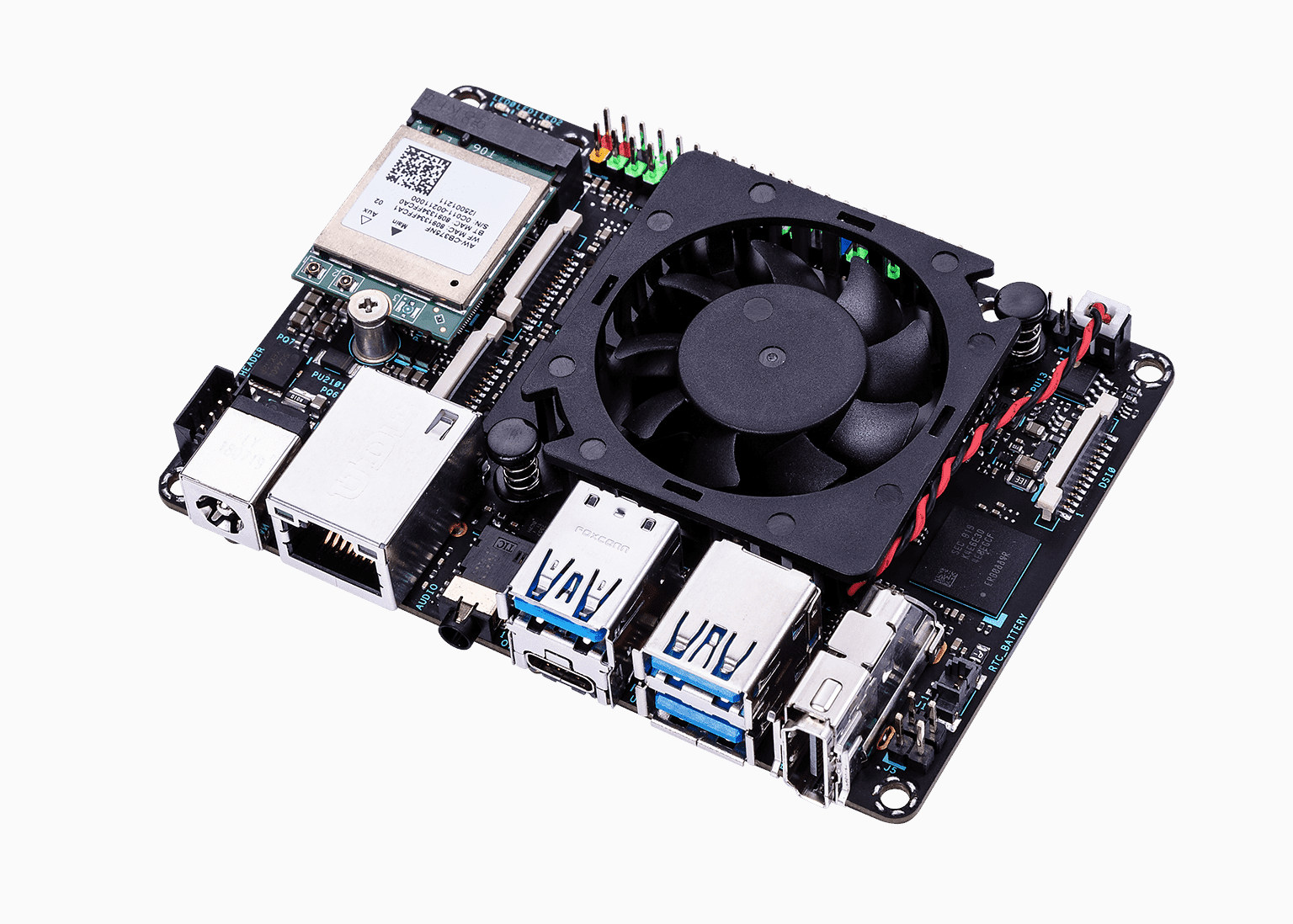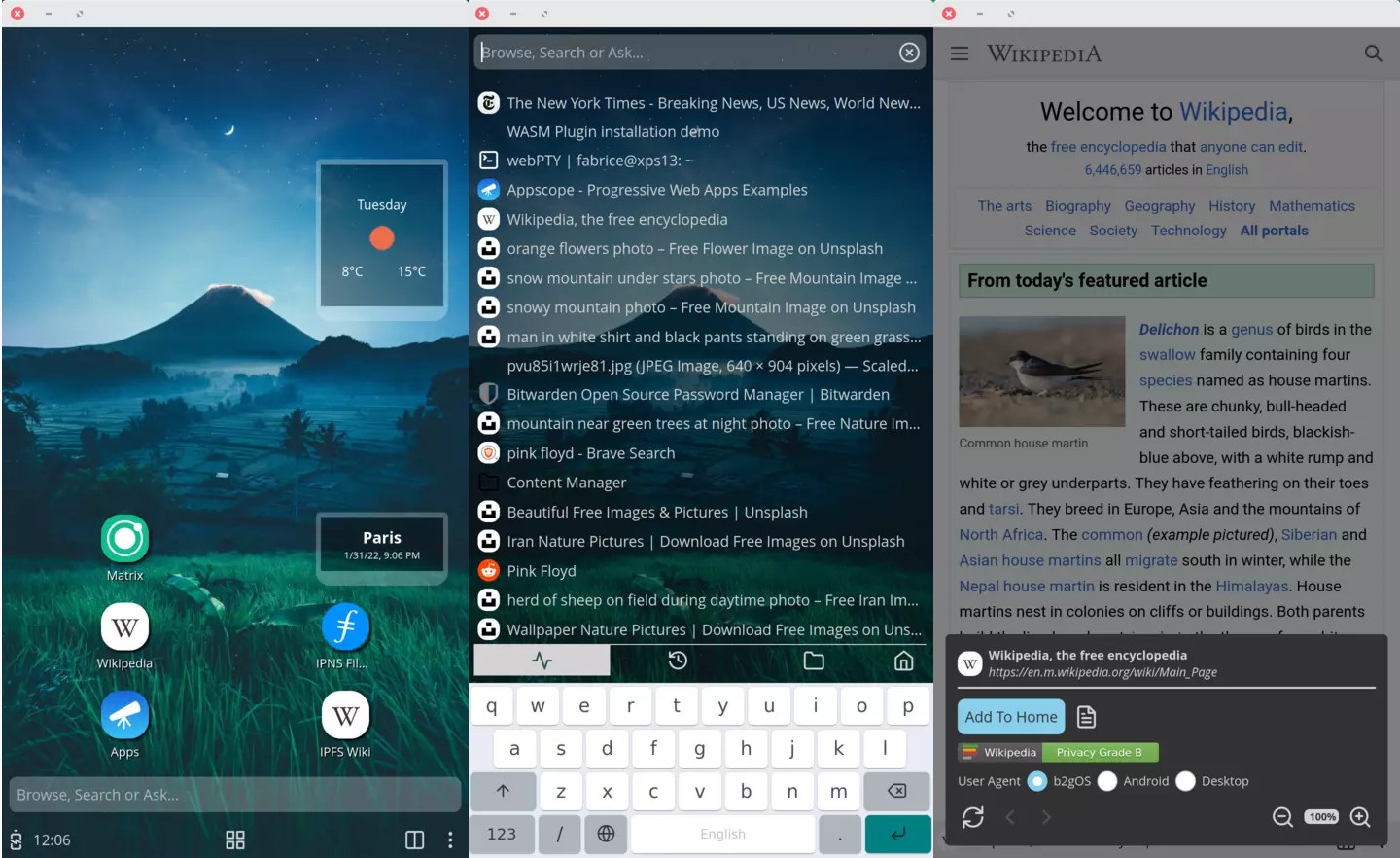Shenzhen Xunlong Software has released a 10.1-inch LCD touchscreen for the company’s Orange Pi 4 single board computer powered by a Rockchip RK3399 hexa-core Cortex-A72/A53 processor. The MIPI DSI display is based on Ilitek ILI9881c panel controller supported in mainline Linux, offers 1280×800 resolution, and besides working with the original Orange Pi 4, it’s also compatible with Orange Pi 4B (with AI accelerator) and the more recent Orange Pi 4 LTS SBC launched earlier this year. 10.1-inch LCD touchscreen specifications: Display Controller – Ilitek ILI9881C (See PDF datasheet) 10.1-inch panel size 1280×800 resolution @ up to 60Hz, with 16.7 million colors Luminance – 250 cd/m2 (or nit) Backlight – 27x white LEDs Brightness control with PWM 10-point multi touchscreen Host interface – MIPI DSI Dimensions Active area – 216.58 x 135.36 mm Outline dimensions – 228.6 x 143 x 2.7 mm Weight – TBD Temperature Range – Operating – 0 […]
NanoPi R4SE dual Gigabit Ethernet router adds 32GB eMMC flash
NanoPi R4SE is a variant of the Rockchip RK3399-powered NanoPi R4S dual Gigabit Ethernet router that adds a 32GB eMMC flash instead of only relying on a microSD card for the operating system. Most of the specifications remain the same with dual GbE, two USB 3.0 ports, but the router is now only offered with 4GB LPDDR4 and there’s no option for only 1GB RAM, and the GPIO and USB 2.0 headers are gone. The listed temperature range also changed from -20°C to 70°C to 0°C to 80°C. NanoPi R4SE specifications: SoC – Rockchip RK3399 hexa-core processor with dual-Core Cortex-A72 up to 2.0 GHz, quad-core Cortex-A53 up to 1.5 GHz, Mali-T864 GPU with OpenGL ES1.1/2.0/3.0/3.1, OpenCL, DX11, and AFBC support, 4K VP9 and 4K 10-bit H265/H264 60fps video decoder System Memory – 4GB LPDDR4 Storage – 32GB eMMC flash, MicroSD card slot Networking – 2x GbE, including one native Gigabit […]
Libre Computer ROC-RK3328-CC now supports Ubuntu 22.04 with Linux 5.18.2
Libre Computer’s latest Ubuntu 22.04 desktop and server images for ROC-RK3328-CC board are based on Linux mainline, namely Linux 5.18.2, and other boards from the company, based on Allwinner H2+/H5 processor or Amlogic S905X, have gotten the same treatment. Some companies will churn out boards regularly but provide limited software support. Libre Computer seems to have taken a different approach, as they released most of their board in 2017 and 2018, starting with AML-S905X-CC “Le Potato” board based on the Amlogic S905X processor, followed by ALL-H3-CC “Tritium” SBC with Allwinner H2+, H3, or H5 processor, and finally ROC-RK3328-CC “Renegade” board, but still release updated OS images in 2022. I reviewed ROC-RK3328-CC SBC with Debian 9 and Ubuntu 18.04 using Linux 4.4 in July 2018, and four years later, you might have thought such boards could have become abandonware, but Libre Computer just released Ubuntu 22.04 Desktop and Server image with […]
Light sensors add “lift and learn” feature to digital signage player
Light sensors are used to turn on/off lights, adjust the brightness of displays, and more. But I’ve come across a use case I never thought of: object presence detection. In the digital signage work, such features if called “lift and learn”, and light sensors are used to detect when an object is present and play a video or display information about the product. That concept came to my attention when I saw a photo of Mekotronics R29 digital signage player with several cables coming out of the device and attached to what looked like white hockey pucks and turned out to be light sensors. Apart from the light sensors, Mekotronics R29 specifications are pretty standard: SoC – Rockchip RK3399 hexa-core processor with 2x Cortex-A72 cores, 4x Cortex-A53 cores, Arm Mali-T860MP4 GPU, 4K VP9, H.264, H.265, and 1080p60 VC-1, MPEG-1/2/4, VP6/8 video decoder System Memory – 4GB DDR Storage – 64GB […]
Armbian 22.05 release adds support for Orange Pi R1 Plus LTS, Radxa Zero & Rock 3A, DevTerm A06
The latest release of Armbian, version 22.05, is now out with hundreds of Linux kernel and user space-related bug fixes, a focus on stabilizing existing platforms, while still adding four new boards with Orange Pi R1 Plus LTS (RK3328), Radxa Zero (Amlogic S905Y2), Radxa Rock 3A (RK3568), and DevTerm A06 (RK3399). The community also added two new maintainers for ESPRESSObin and Radxa Rock Pi 4 (Model A) SBCs which should mean the images for those boards will be tested more regularly and potential issues fixed more quickly. You may want to read the more detailed changelog to see if any changes may impact the board(s) you are using. The new Armbian 22.05 release succeeds Armbian 22.02 outed on February 28, 2022. If you’d like to upgrade simply run those two commands on your existing installation:
|
1 2 |
sudo apt update sudo apt upgrade |
For new installation, browse the list of supported boards, select the Debian/Ubuntu image you’d […]
ROCK Pi 4 Model C+ SBC features 1.5 GHz Rockchip RK3399-T CPU, dual HDMI output
ROCK Pi 4 Model C+ is a single board computer (SBC) by a Rockchip RK3399-T hexa-core processor @ 1.5 GHz, equipped with 4GB RAM, and two micro HDMI ports to drive up to one 4K display, and one 2K display. It is yet another ROCK Pi 4 SBC from Radxa, and the first to use the down-clocked RK3399-T processor with other models based on Rockchip OP1 processor clocked at 2.0GHz (overclockable to 2.2/2.4GHz) or the traditional Rockchip RK3399 @ 1.8 GHz (overclockable to 2.0 GHz), and also the first of the family to offer dual HDMI output. ROCK Pi 4 Model C+ specifications: SoC – Rockchip RK3399-T big.LITTLE hexa-core processor with 2x Arm Cortex-A72 @ up to 1.5 GHz (up to 2.0 GHz overclock) 4x Cortex-A53 @ up to 1.4 GHz (up to 1.6 GHz overclock). Note the processor datasheet says the Cortex-A53 cores are limited to 1.0 GHz, but […]
ASUS Tinker Edge R SBC with 3GB RAM, Rockchip RK3399Pro sells for $179
ASUS Tinker Edge R Pico-ITX single board computer with Rockchip RK3399Pro AI processor was first unveiled in 2019 with 6GB RAM, but a cheaper 3GB RAM version with 2GB RAM for the CPU, and 1GB RAM with the integrated NPU just showed up in my news feeds. Whether it comes with 3GB or 6GB RAM, the Tinker Edge R board should mostly be interesting for AI accelerated workload thanks to the 3 TOPS built-in NPU, as well as the two MIPI CSI camera interfaces. ASUS Tinker Edge R (3GB) SBC specifications: SoC – Rochchip RK3399Pro hexa-core big.LITTLE processor with 2x Cortex A72 cores up to 1.8 GHz, 4x Cortex A53 cores @ 1.4 GHz, an Arm Mali-T860 MP4 GPU up to 800 MHz with OpenGL ES 1.1 to 3.2, OpenVG1.1, OpenCL 1.2 and DX 11 support, and NPU delivering up to 3.0 TOPS System Memory – 2 GB dual-channel LPDDR4 […]
Capyloon mobile Web-based OS works on Pinephone Pro, Librem 5, Pixel 3a
Capyloon is an experimental Web-based OS leveraging b2gOS that served as the base for the now-defunct Firefox OS. The developers’ goal is to provide an open-source OS improving privacy and user control through web technologies. It’s still early stage, and some of the technologies used include the IPFS protocol, WebAssembly plugins, and the Tor network. Capyloon is more like a new phone shell as it replaces Phosh when installing it in a Linux smartphone. The first version of Capyloon released last month worked on Pixel 3a, other Android phones through a generic system image, and 64-bit x86 Debian machines. But since then, the developers added support for Apple M1, and yesterday they released Debian packages for PinePhone Pro and Librem 5 Linux smartphones to run Capyloon on top of a Mobian image. Instructions are as follows: Download the Debian package for PinePhone Pro or Librem 5 Install the package withsudo […]


